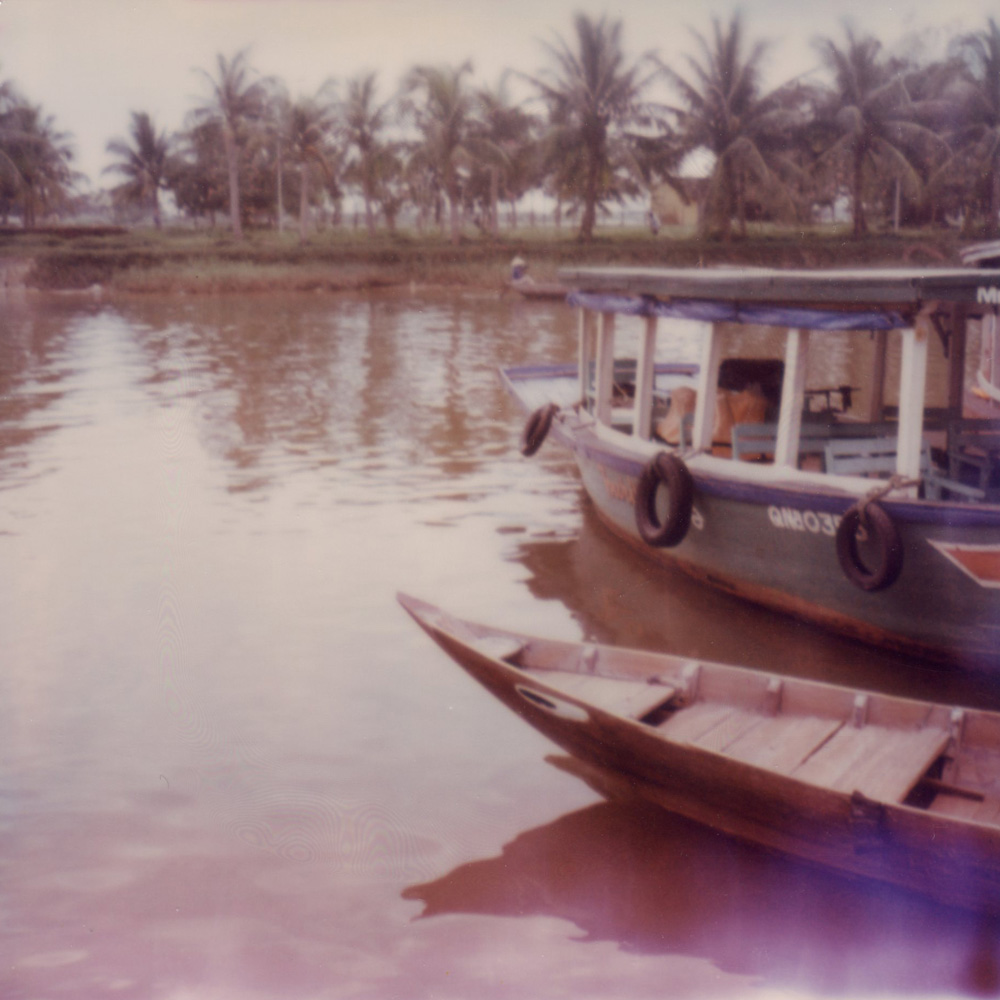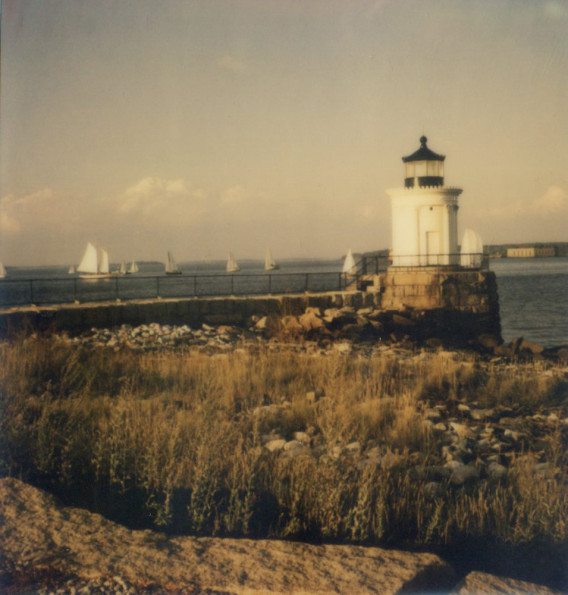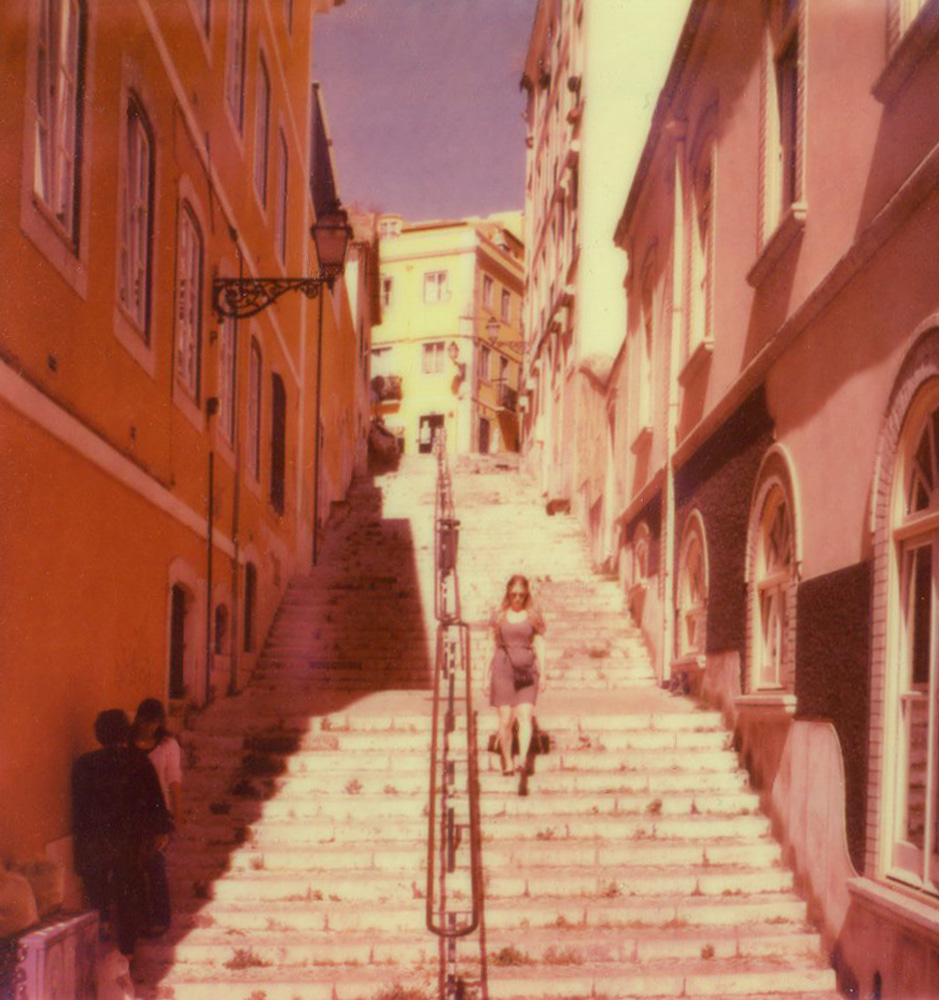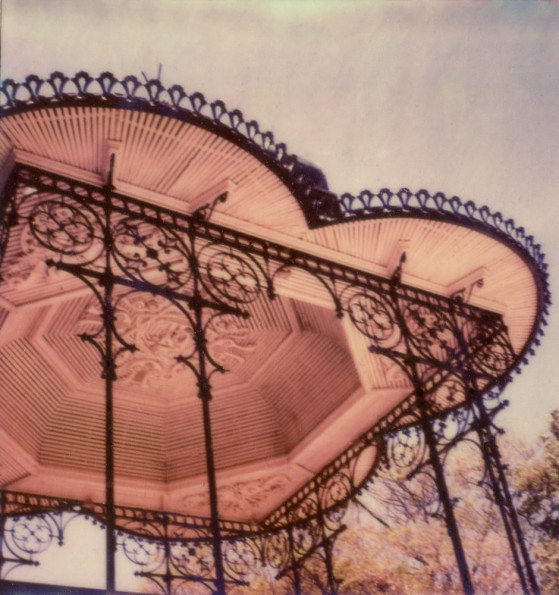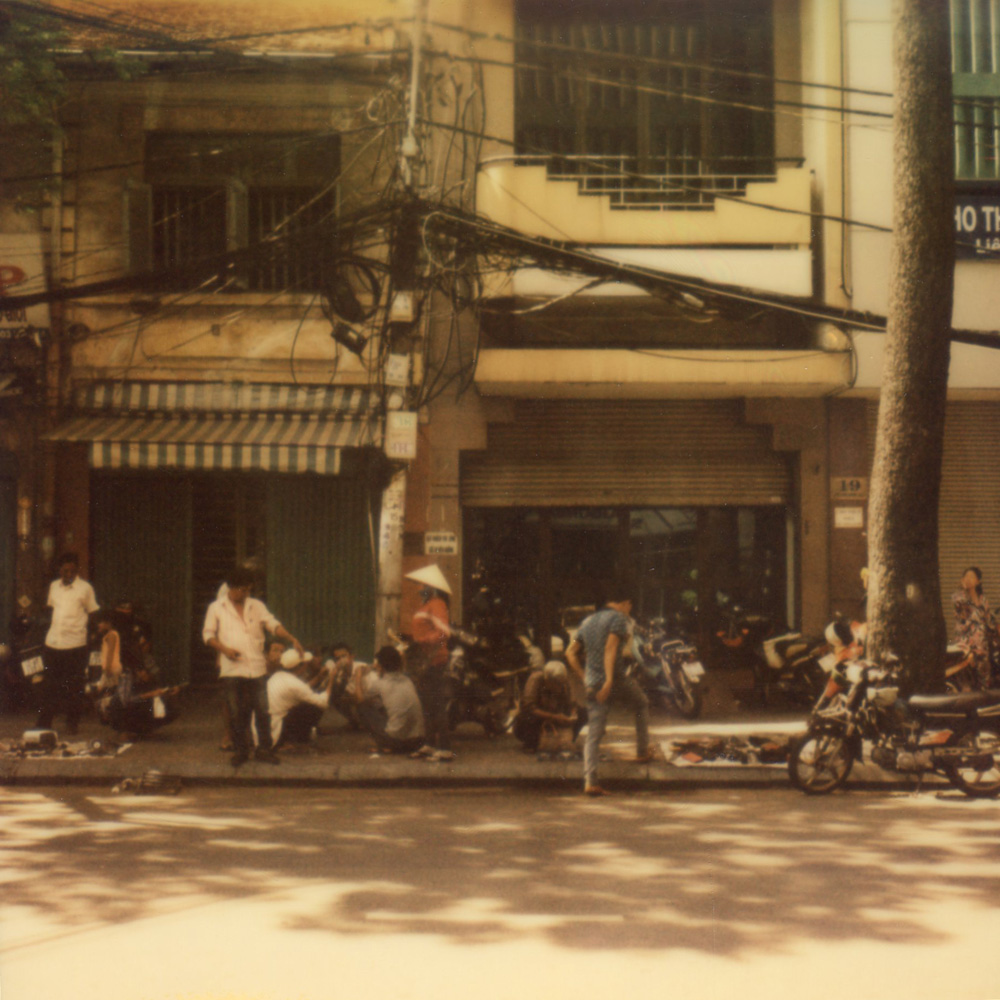Last Updated on 04/20/2015 by Chris Gampat
All images by Julie Anne Cassidy. Used with permission.
Photographer Julie Anne Cassidy is one that travels a lot, and when she does, she shows off her affinity for Polaroids. She describes herself as a travel/food photographer and stylist with a healthy obsession with her Polaroid camera. Julie studied photography in Vancouver, B.C at Emily Carr Institute of Fine Arts, Focal Point Visual Arts Centre and Vancouver Photo Workshops–and she currently resides in Montreal. She finds lots inspiration in her travels and can often be found planning and daydreaming about her next trip.
But shooting Polaroids and creating tangible images is something that Julie Anne loves the most. Be sure to also visit her Etsy shop and pick up a print.
Phoblographer: Talk to us about how you got into photography.
Julie: I have been into photography for as long as I can remember. When I was very young, I saved up my allowance to buy my first camera and, for birthdays, I always asked for film or gift certificates to get them developed. I studied film and digital photography as a teenager and throughout University. Though I considered it a hobby then, I eventually realized that photography is something I love and do every day of my life and I get more savvy about treating it like a career and a business all the time.
Phoblographer: What attracts you to shooting Polaroids?
Julie: The surprises! Polaroids cameras can be notoriously unpredictable and temperamental and the fact that I never know what sort of image and color will pop out makes it all the more challenging, but equally rewarding. Each image is unique and precious and it is because these camera produce instant, tangible images that the experience of photographing is exciting and more spontaneous.
Phoblographer: Talk to us about the cameras and films that you use. Why do you choose them?
Julie: I still have that old Pentax camera I bought as a kid, along with a couple of vintage film cameras but I don’t use those often enough. Truth be told, I am a little addicted to my SX-70 Polaroid camera and the others have gathered dust since I first started playing with it. I use Impossible Project’s Color film and though I have plans to experiment more often with black & white film, especially now that the 2.0 film has come out, I just love the way the color film constantly surprises me.
Phoblographer: You obviously shoot other formats when you travel, but what specifically motivates you to shoot a Polaroid?
Julie: When the light conditions are just right for Polaroid, I often leave my digital camera behind for the day. Perhaps a lesson in life, the instant camera teaches me to slow down and give in to the simple joys of following my instincts.
I like to think of traveling with an instant camera as a technological detox; I don’t have the need to search for wifi or the option of uploading, sharing, “hashtagging.” It is liberating to forget about websites, emails and Instagram for a little while.
Phoblographer: The tough thing about Polaroids is that when someone sees the image, they usually want it. Do you ever just give them to people without scanning?
Julie: I do. When I travel, if I am shooting someone, I sometimes take two images and offer up one of them to that person. It’s such a unique gift and the reaction is always incredibly positive, though it can be quite the challenge trying to explain to someone who doesn’t speak your language that the little square you have just handed to them needs to be shielded from light. Curious children often don’t have the patience for that, or perhaps I simply need to work on better miming skills in order to explain it more clearly!
Phoblographer: How do you feel Polaroid film differs on an emotional scale from negative film or digital? And do you ever use this to communicate and create bonds with people when travelling?
Julie: The blurry softness of Polaroid cameras is so different from the perfect, crisp, hyperreal images of today’s digital cameras. I love the spots, scratches and odd colours that instant cameras produce and it is precisely because I take in the scenes and moments around me without the obsessive need to immortalize everything or that awful feeling that I may be missing out on a great shot. I walk slower, pause more often and am more in the moment. The pricey cost of film doesn’t allow the luxury of multiple prints either so I have to choose my frame with even greater consideration. these imperfections that I cherish the Polaroid image. The colours and tones and rich, the light is soft and creamy, which often results in a dreamy, timeless work of art. To me, it is in its capacity to make everything look like it was shot decades ago that the Polaroid creates a mood and triggers emotional responses.
While I don’t purposely use it to create bonds when I am travelling, that does happen as Polaroid cameras certainly attract stares and questions, whether it be from the generations of people who reminisce with nostalgia on a time when they were themselves the proud owners of such a camera or from those who have never actually seen one in person. Even airport security checks can become friendly, interesting conversations! I am always happy to talk about my camera and share the excitement.
Phoblographer: Besides scanning, what do you usually do with the images afterwards? Lots of folks these days simply just upload images to the web and then forget about them. But these are tangible objects that take up space in your home, your desk, etc. Do you ever do Polaroid presses or turn them into collages for wall art?
Julie: There are Polaroid images all over my house; on my desk, on the piano, on the wall, etc. I sometimes even have pretty bowls full of Polaroids in the living room; they are great conversation starters and people can’t resist playing with them, which is exactly what I think they are made for. In my opinion, though I very much consider Polaroids to be works of art, they are meant to be stored away or looked at with white gloves. I treat the whole thing like a game and my images are like little toys to me.


